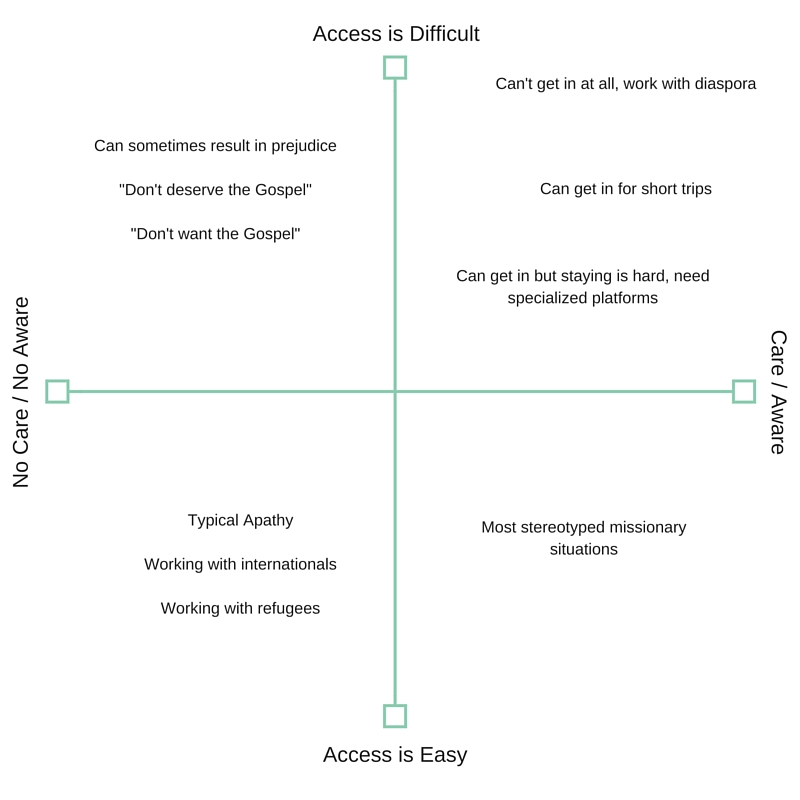Why the unreached are unreached: not just because people don't care
26 Mar 2024It’s important to remember one of the reasons the unreached are unreached is: they are difficult to reach. Access is a challenge.
As an example, many people I know who work in one particularly populous South Asian nation have noted an increasing difficulty to get in: the country in question has denied long-term visas. They can get in fairly easily as a tourist, but they can’t get multi-year, multi-entry visa or even a long-term visas that would allow them to reside in country. Taxation issues are changing too, making the finances of staying difficult.
Church planting movements take years to start. If you can’t be present (or even get access) for years, it makes work among the unreached particularly difficult.
This is why many say a local partner is important–and it is–but local workers aren’t the solution to every problem in missions. Many unreached peoples are unreached either because local believers don’t go to them, or find it difficult to.
In one conversation I had, the interviewee noted the urban poor in many situations across the 10/40 Window were hard to access: partly because working among them incarnationally required sacrifices on the part of the workers (sanitation, children’s education, safety, lifestyle issues) but also because the platforms required to live long-term locally were jobs, and most of the jobs available were middle-class positions which made accessing the urban poor culturally and logistically difficult.
It’s also often challenging to remain in a particular place due to things as prosaic as environmental and health issues. One reader wrote and thanked me for raising awareness of this issue in last week’s deomai–air pollution, for example, can lead to severe health issues for both workers and their children, and can lead to significant turnover rates.
Caring about the unreached is a challenge, but let us not forget that solving the problems of long-term access can be just as big a challenge! The 2-axis graph below illustrates this: to reach the biggest sections of the unreached, we have to solve both challenges (awareness and access).
Solving these requires intentional planning, long-term commitment, a willingness to experiment (fail, try again, fail, try again, learn, finally find success), an ability to sustain losses and setbacks, and the resources to be able to endure (time, talent, treasure).
